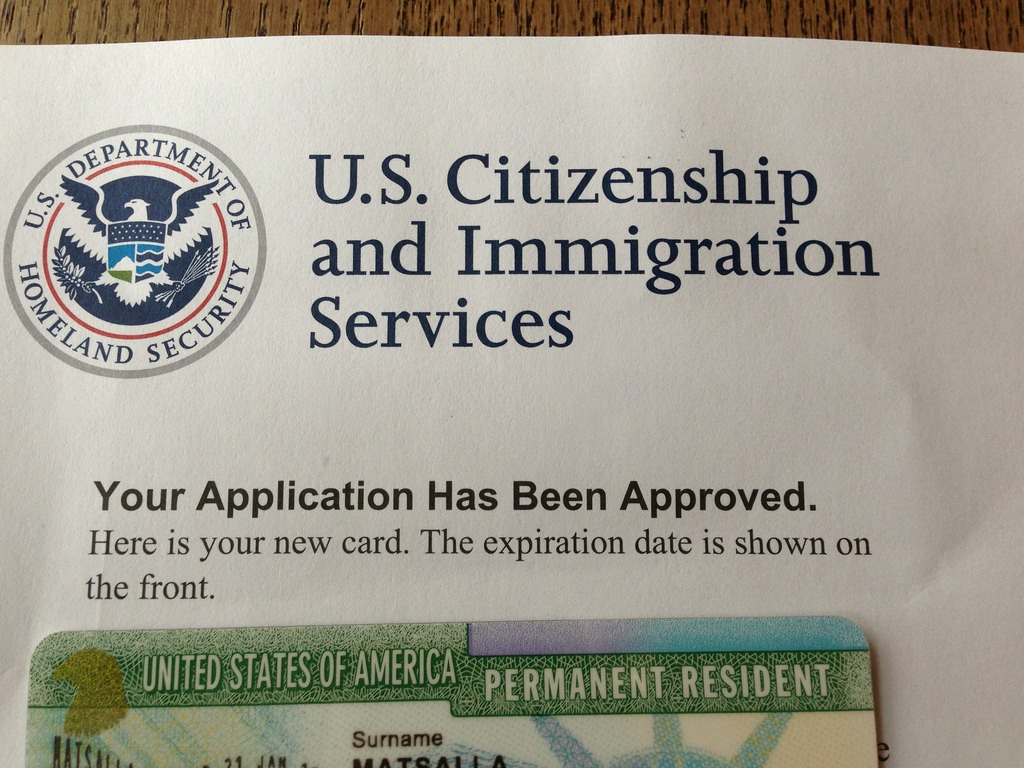If you were granted permanent residence by marriage and the letters “CR1” are written on your green card, it means that it is a “conditional permanent residence”.
If you and your spouse have been married for less than two years at the time the green card was approved for marriage, your card will be “conditional” and will only be valid for two years, not as normal, which are ten years, but will have the same rights and privileges as a permanent resident.
Because residency petitions for family ties and especially for marriage have become one of the main ways of emigrating to the United States, immigration laws since 1986 established stricter requirements for green cards for marriage in an effort to prevent fraud.
What to do if you have conditional permanent residence?
Your green card conditions must be removed. As soon as your conditional permanent residence expires, you will most likely be placed in deportation proceedings and you will begin to accumulate an “illegal presence” that could lead to your exclusion from the United States.
FORM I751
If you or your spouse have conditional permanent residence, you will need to file Form I-751, “Petition to Remove Conditions,” so that you can obtain a normal permanent green card.
Within 90 days of your second anniversary, which is the expiration of your conditional permanent residence (CR1 visa), you must file Form I-751 to request the United States Citizenship and Immigration Service (USCIS) to remove the conditions and make it a permanent resident.
In addition to some documents, convincing evidence must be presented that the marriage is in good faith.
What documents should be attached to the i751 form?
Proving that your marriage is real, and not a fraud to obtain a green card, is an important part of the application.
USCIS is looking for fraudulent marriages, that is why the conditional permanent residence system was created.
USCIS recommends gathering documents, showing that during those 2 years, since you were granted conditional permanent residence if you have been a bona fide marriage:
- If you have children, copies of your birth certificates.
- Documents showing joint ownership of assets or properties, such as insurance policies, tax returns, checking, savings and investment accounts, and tax returns.
- Documents showing joint debts and obligations, such as credit cards, car loans, and utility bills.
- Apartment leases or home mortgages from places they have rented or owned as a couple.
- Affidavits from two people who know you and your spouse personally and can affirm that your marriage is real. This should be detailed, containing information on who the person is, the person’s address, how you know him, and how exactly you can talk about the validity of your marriage.
- You can add documents that you think best support your case.
Initially, your I-751 petition is reviewed by a USCIS Service Center. If you are completely satisfied that the marriage was not for the purpose of evading immigration laws, you will respond by approving a green card.
If the I-751 form is not filed correctly:
- USCIS may send you a Notice of Action to deny the request.
- Or you can submit a Request for Evidence, requiring additional elements, and you can request an interview for both spouses.
Requesting Evidence or requiring an interview will significantly delay your request, therefore, it is advisable to seek the advice of an immigration attorney to properly prepare the I-751 petition and submit all required documents according to the filing instructions for removal. of conditional permanent residence.
Immigration law has different applications for each particular case, it is better to be well advised and avoid delays or even the denial of your application.



